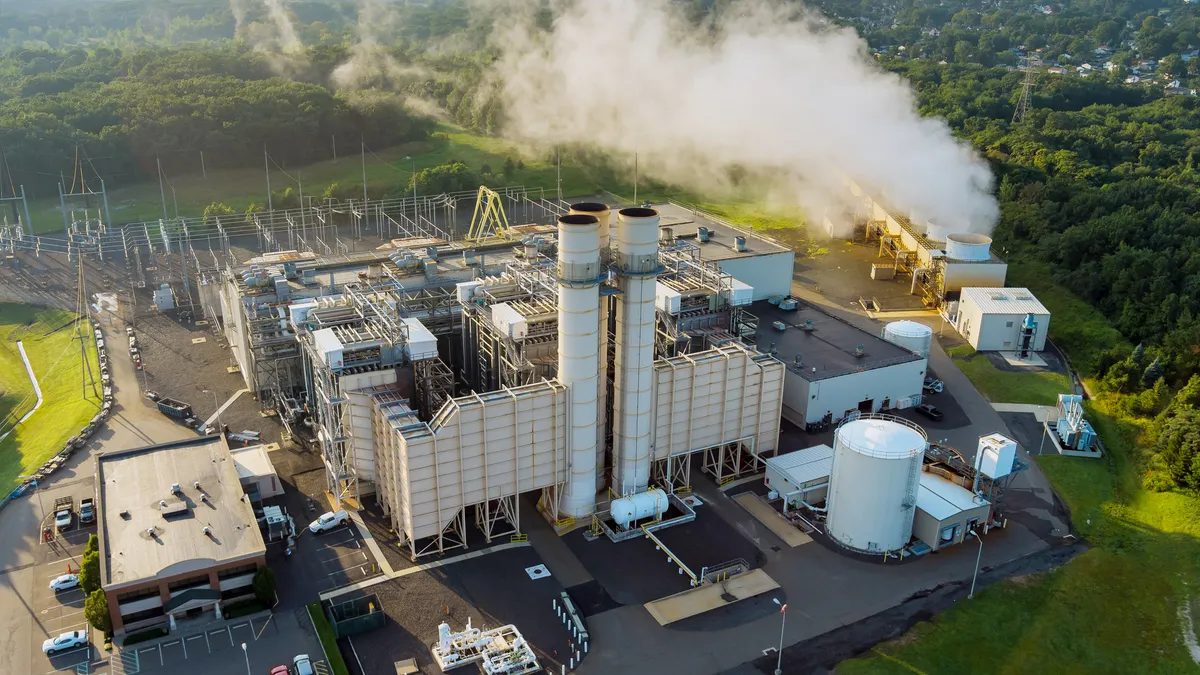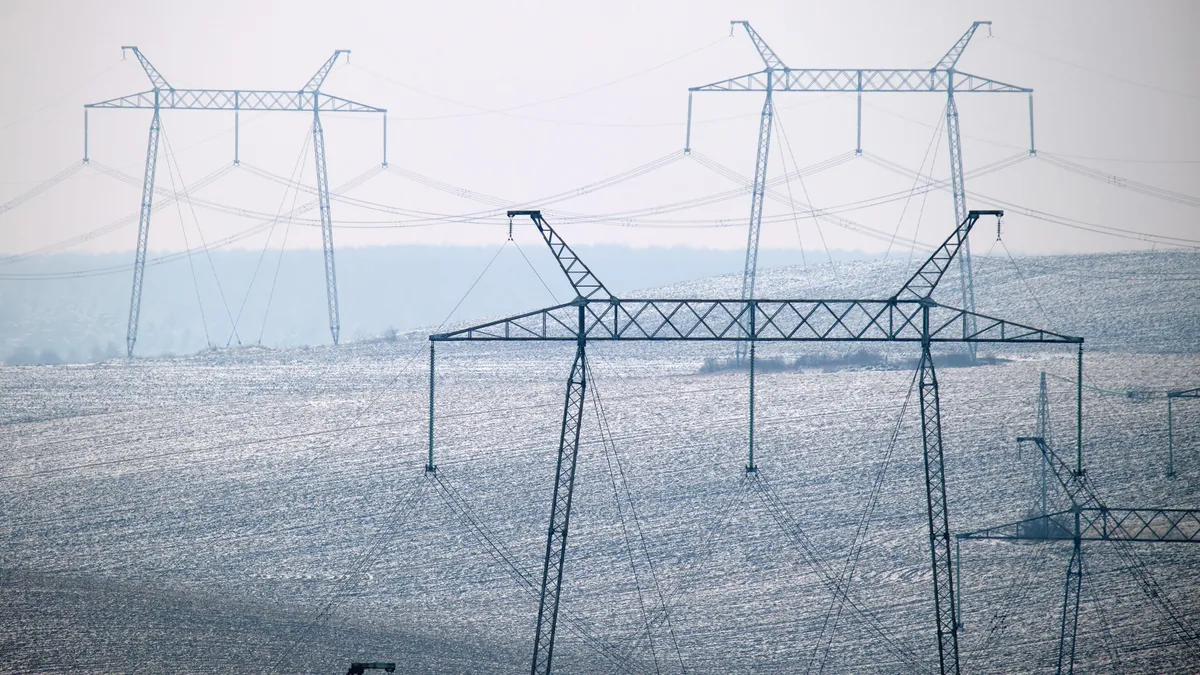The following is a contributed article by Jeff Dennis, managing director and general counsel for Advanced Energy Economy.
This week, the Federal Energy Regulatory Commission (FERC) kicks off a series of technical conferences on "Modernizing Electricity Market Design" with an examination of the role of centralized capacity markets in meeting resource adequacy and reliability needs in a rapidly changing electricity sector. This national conversation comes as the future of the PJM Interconnection (PJM), ISO New England (ISO-NE), and New York Independent System Operator (NYISO) capacity markets are also the subject of investigations by state regulators as well as internal stakeholder debate.
Comprehensive examination of the existing capacity markets and their role in the future is long overdue. While these markets met the resource adequacy and reliability challenges that drove their creation in the early 2000s, they have not kept pace with dramatic changes in the electricity industry over the last decade, and will need to satisfy new and different resource adequacy and reliability requirements as the industry moves toward a carbon-free future.
Although spurred by concern over the expanded Minimum Offer Price Rule (MOPR) that FERC ordered PJM to establish last year, these examinations should also look more broadly at updating capacity markets and resource adequacy mechanisms to match the realities of new resources and new expectations. Reform should focus on aligning these markets and mechanisms with state policies and customer preferences for increased use of clean energy, while satisfying the reliability needs of the grid of the future through competitive regional wholesale markets.
When today's capacity market frameworks were developed nearly 20 years ago, prevailing state policies and customer preferences, as well as the economics of the generation fleet, were much different. States were not actively exercising their authority to determine the mix of generation resources used to serve customers, and had only recently ordered utilities to divest their ownership of generation, shifting to reliance on regional competitive wholesale markets to meet their needs. Customers were, by and large, not actively seeking to procure specific types of energy to meet their needs, and advanced energy technologies to help them do that were not as prevalent.
Today, the states comprising PJM, ISO-NE and NYISO are making more active choices about the generation resources that serve their citizens. Together, these states have made major policy commitments to using carbon-free generation and retiring emitting conventional technologies. In addition, advanced energy technologies like solar, wind and energy storage are rapidly becoming more economical than continuing to operate many conventional technologies.
Meanwhile, large customers are driving the development of advanced energy to meet their own clean energy and sustainability goals; over 80% of that development is occurring in organized wholesale markets like PJM, ISO-NE and NYISO. Further, state policies, technology advancement and customer preferences are driving a projected $110 billion in investments in distributed energy resources between 2020 and 2026.
The existing capacity market constructs have simply not kept up with these fundamental changes.
First, they do not account for state policies or the commitments of customers (including large corporate buyers, institutions and city governments) that require greater use of carbon-free energy resources. Impeding the clean energy-producing resources that satisfy these demands from also contributing to resource adequacy needs — for example, by making it difficult for them to clear capacity market auctions, as the expanded MOPR does — will increasingly divorce the procurement of clean energy from procurement of resources for resource adequacy and reliability. Without accounting for the contributions of clean energy resources to meet those needs, additional conventional resources will likely be procured, resulting in costly over-procurement of capacity and delays in the retirement of inefficient and higher-emitting resources that are no longer needed.
Second, existing capacity markets are not well-suited to meet the resource adequacy and reliability needs of a decarbonized grid with greater shares of variable renewable resources and advanced energy technologies that manage demand more flexibly. Existing capacity markets buy generic megawatts of capacity, without consideration of whether they produce clean energy demanded by states and consumers or whether they will satisfy seasonal reliability needs or provide flexibility. This approach is rapidly becoming outmoded in light of changes in the resource mix and new challenges from extreme weather events.
Fixing the expanded MOPR is an important step toward addressing the damaging divorce of clean energy procurement from resource adequacy and reliability needs. MOPR is not, however, the only aspect of the existing capacity market constructs that require examination, and immediate efforts to address MOPR, while necessary, should not distract us from the broader task of equipping these markets for an advanced energy future. Simply eliminating the MOPR will be insufficient for decarbonizing in the most competitive and reliable manner possible.
In preparation for these conversations on the future of capacity markets and resource adequacy, advanced energy companies have articulated five core principles that should guide comprehensive reforms:
- Support the ability of states and customers to meet their clean energy targets while ensuring system reliability.
- Preserve regional competition through an open, transparent and fair market structure that allows clean resources to provide capacity and other reliability attributes.
- Ensure that the resource adequacy value of clean energy resources is captured and compensated and reverse the increasing trend of divorcing clean energy procurement from capacity/resource adequacy procurement (i.e., seek to harmonize the two).
- Attract and support clean resources that will meet the differentiated resource adequacy, reliability and flexibility needs of a high renewables and advanced energy system (including non-energy intensive resources), while facilitating the orderly retirement of high-emitting and inflexible resources.
- Ensure that the market is transparent, durable, transactable, well-understood, and provides actionable price signals.
Adhering to these principles would address the core problem that led us here — the failure of the existing constructs to recognize the reality that state policies, consumer demands and cost trends are all driving the electric power system toward clean energy resources — while instilling confidence that the evolving reliability needs of a changing grid will be met.
The benefits of regional competition for meeting both clean energy goals and reliability needs must not be lost in the process. States and consumers have expressed a strong desire to use regional competition to satisfy their clean energy requirements and resource adequacy needs, even as they have made clear they will not sacrifice their commitment to clean energy for the sake of heavy-handed contrivances like the expanded MOPR masquerading as competition. The goal of reform efforts should be to retool the regional markets so that they facilitate the achievement of state and consumer clean energy goals and meet regional reliability needs in tandem, rather than forcing those pursuing such goals to resort to balkanized and less competitive state-by-state or utility-by-utility alternatives.
Additionally, capacity market and resource adequacy reforms must take into account that, as decarbonization moves forward, the grid will require more flexible and differentiated reliability products and services than today's generic definition of capacity provides. Threats from extreme weather events also require more careful consideration of seasonal reliability and resource adequacy needs. To meet these challenges and clean energy goals simultaneously, the markets must send price signals that both incent the entry of clean and flexible resources and the retirement of inflexible resources.
Many of the clean and flexible technologies critical for unlocking overall system flexibility and meeting seasonal reliability challenges – such as demand response, energy efficiency, energy storage and distributed generation – do not earn substantial energy market revenues. They require a stable revenue opportunity beyond energy markets, like that provided by the current capacity markets, to be available to support reliability when needed.
Finally, with advanced energy technologies now the overwhelming choice for new resource development in PJM (where over 92% of the interconnection queue is wind, solar and storage), ISO-NE and NYISO, reformed capacity and resource adequacy constructs must account for differences in the financial structure of these resources. When compared to the conventional technologies that these markets were initially designed for, many advanced energy technologies have higher upfront capital costs but lower operating costs. To deliver the cost benefits of advanced energy technologies (and satisfy the Federal Power Act's "just and reasonable" standard), capacity market constructs and resource adequacy mechanisms must reflect these commercial realities.
Retooling capacity markets and resource adequacy mechanisms for the future will not be easy. But momentum is building toward solutions that satisfy the clean energy objectives of states and customers and leverage the benefits of regional competition to reduce costs and ensure continued reliability. Let's capitalize on that momentum – and get to work.





















